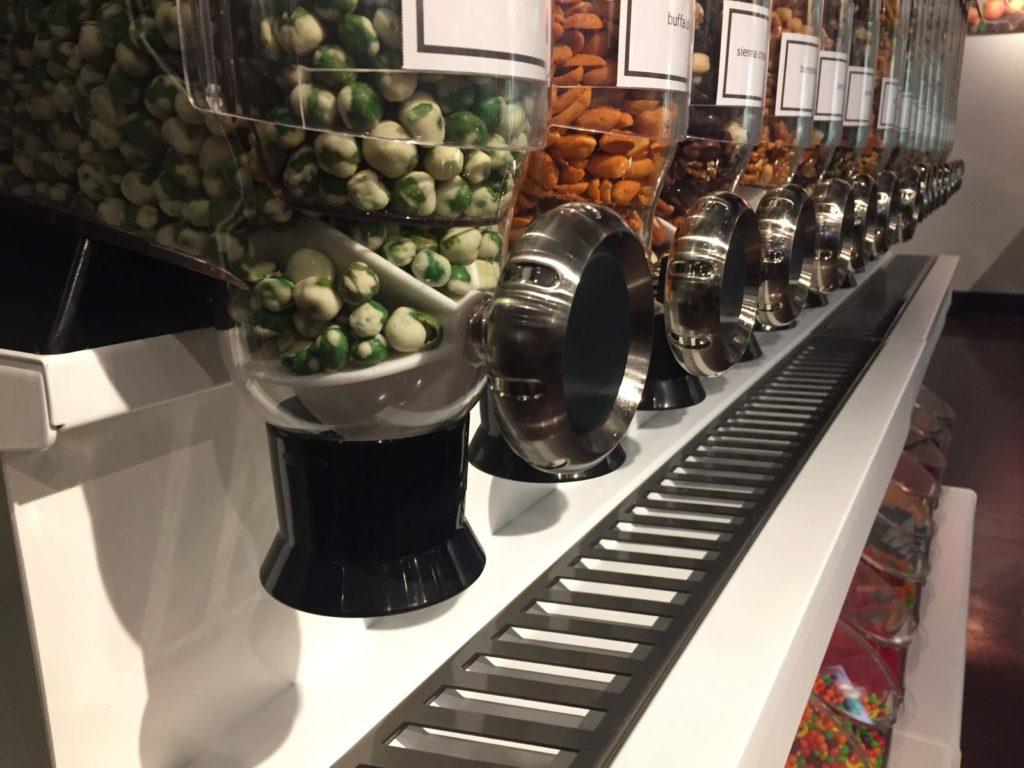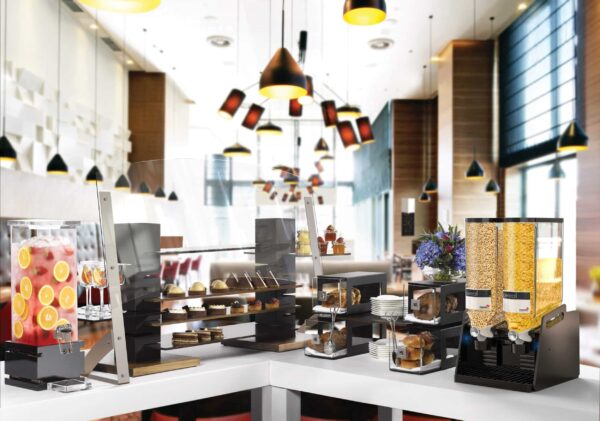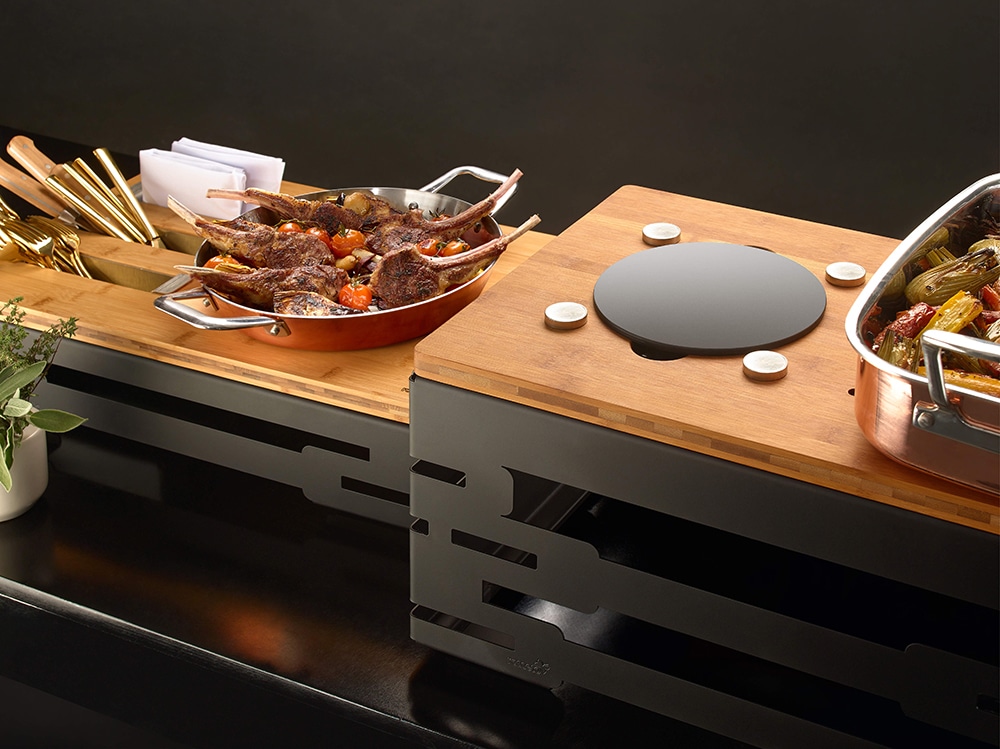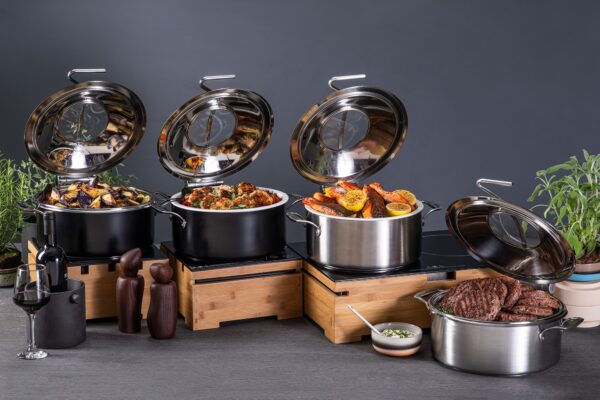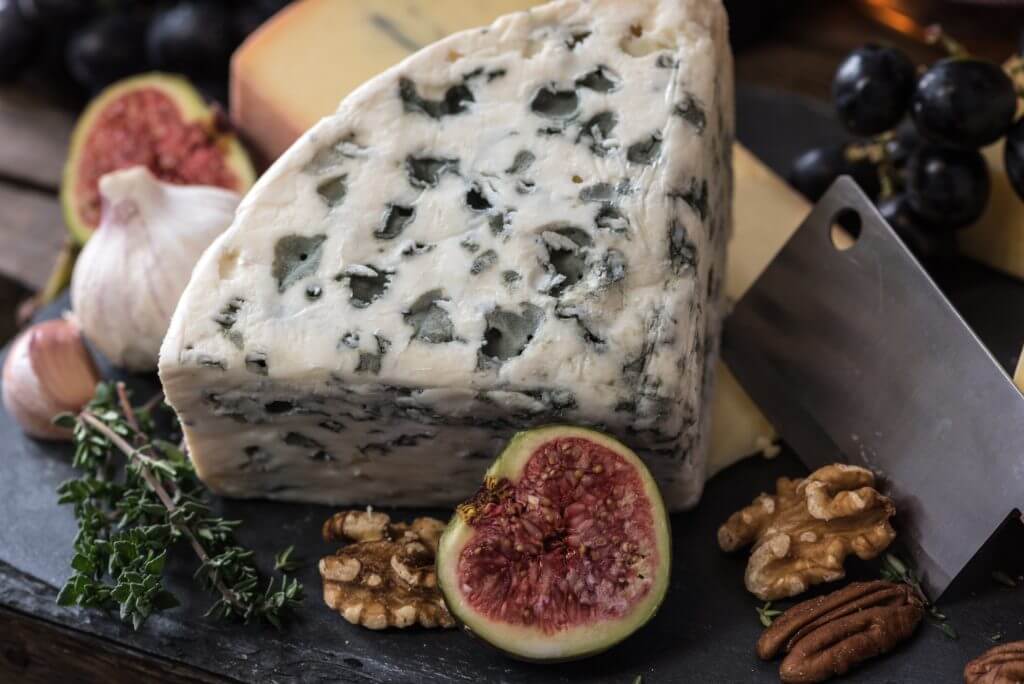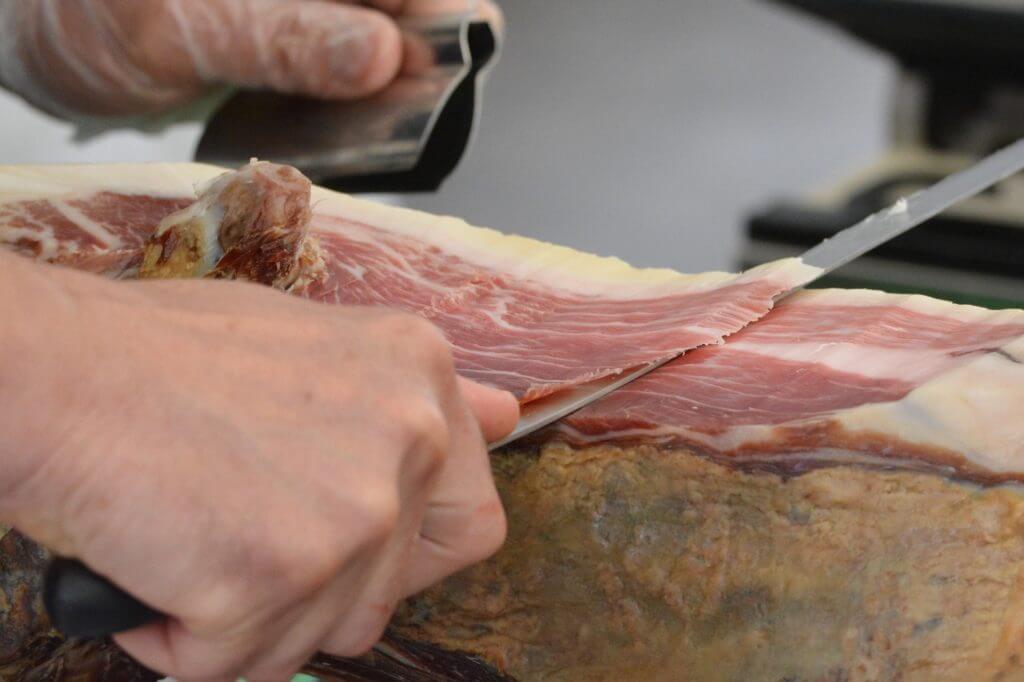Whether it’s wines, meats or cheeses, gourmet foods are a cut above the rest. As with most areas in our industry, the trends that drive gourmet retail and merchandising are ever-changing.
For store owners who want to be ahead of the pack, check out these 15 noteworthy gourmet retail trends.
They’re Not Sommeliers Anymore. They’re Somms
Zachary Sussman at PUNCH magazine wrote a piece last year contemplating the resurgence sommeliers have experienced. As he explains it: “This attention from the press coincides with the profession’s recent evolution from the archetype of the stuffy sommelier to that of the young, effortlessly cool ‘somm’ — a narrative that reflects some of the wider generational changes taking place within the drinking culture.”
He notes a somm’s working environment has also changed, too. “If sommeliers have successfully shed the outdated image of the snobby, condescending ‘up-seller,’ the retail landscape has transformed just as dramatically over recent years; it’s just that the shift hasn’t received the same level of coverage,” says Sussman.
Wine Is Being Made for On-the-Go Consumption
Further evidence that many Americans don’t respond well to the old connotations around wine: Beverage Industry reports some wineries are thinking long and hard about consumer experiences in their bottle designs. San Antonio Winery, in particular, has debuted a single-serve aluminum design with “a re-sealable, twist-off cap allowing consumers to drink wine anywhere, anytime.”
Turn Your Attention From the Casual Wine Drinkers to the True Enthusiasts
And yet, many wine drinkers are doubling down on their oenophilia, Kyle Swartz writes at Beverage Dynamics. “The percentage of high frequency wine drinkers has grown from 7.6 percent in 2000 to 13 percent in 2015,” Swartz says. “As casual drinkers branch out into beer and spirits, and consume less wine, the devoted group of oenophiles is ever-more important. They carry a heavier and heavier load of sales.”
Jura Wine Offers an Inviting Combination of Taste and Affordability
Do your customers want to save some money but still enjoy great wine? Jura wine, from the east of France, is favored among the new wine-drinking generation. Kurtis Kolt at The Georgia Straight notes some great bottles of these wines are available for a little more than $30.
Kolt describes how these distinctive wines are produced: “High-altitude vineyards coupled with chilly summer nights make for wines that are crisp with lofty acidity, constantly lively and fresh. The prominent white grapes in the area are Savagnin —a late-ripening green-skinned grape that can be citrusy, nutty, or floral (or often all three) — and Chardonnay (which, of course, we all know).”
Could Pop-Up Wine Shops be the Future?
In an experimental move, the German grocery chain Aldi debuted a wine pop-up shop in London’s Shoreditch neighborhood, Darren Smith reports at The Drinks Business. The shop was only around for a few days in late May 2016, but it was a hit. The shop hosted master classes that taught curious customers about various types of sparkling wines, which wines are considered modern classics, and how to pair cheese with wine.
Retailers Are Getting Crafty When Designing Their Stores
In an effort to perhaps move past the “stuffy” vibe that Sussman at PUNCH discussed above, wine shops are changing their look from the ground up. Christine Walsh at gardening site Jetson Green reports on an Australian wine store called The Devil’s Corner made entirely of shipping containers. Architecture firm Cumulus Studio was responsible for the creation, which is shaped into vertical and horizontal structures.
“A large part of the lookout tower is clad in timber, and it was built by craning the shipping containers into place,” Walsh explains. “It offers great views of the coast and the surrounding vineyard. They didn’t alter the original shape of the containers much, only enough to be able to slot them together.”
Redesigning your store? Our BULKshop gondolas and shelf systems are customizable and connectable, able to store a variety of foods in their transparent acrylic bins, they captivate customers.
Snacking Is on the Rise
Snacking is quite a popular way for Americans to eat. Convenience Store Decisions reports that each day, most people (80 percent) have one snack. Some people (29 percent, in fact) have up to two snacks, and others (22 percent) still will munch on three snacks.
Cheese is the go-to snack choice for many, Susan Viamari at research company IRI confirms. “C-store salty snack growth outpaced industry average by a wide margin — 6.1 percent in dollar growth versus 3.7 percent growth in all other multi-outlet locations,” Viamari told Convenience Store Decisions. “…Salty growth in grocery is 2.2 percent and in drug stores is 1.5 percent.”
Millennials Prefer Gourmet Cheeses
Millennials will pay more for specialty snacks, cheese included, Danielle Ohl at Viking Masek Global Packaging Technologies says, citing research from the Wisconsin Milk Marketing Board.
“The millennial generation especially is looking for a wide range of other aspects that include more specialty cheeses, cheese snacks that are easily portable to fit into their on-the-go lifestyles, and transparency in processing and packaging of cheeses in local markets,” she writes.
Local Cheese Is Best, According to Consumers
Note Ohl’s last line above, about transparency in processing and packaging. This is crucial for modern consumers.
Deanna Ting at Specialty Food Association shares a Technomic study on cheese preferences in the United States that found was the average shopper is “more likely to purchase foods that are produced locally, and they want to know how it was made, by whom, and if it was sustainably produced. Transparency remains a key purchasing factor, especially for millennials, who are willing to pay more for specialty foods that are sustainable.”
Gourmet Cheese Sales Are on the Rise Across the Board, Actually
Jeremy Gerrard at Food Engineering Magazine reports on findings from marketing firm Packaged Facts, which says in 2015 Americans spent $17 billion on gourmet cheeses.
“Since 2011, this industry segment has enjoyed a compound annual growth rate (CAGR) of four percent, primarily due to increased availability of products at affordable prices and the ongoing snacking trends in the US,” Gerrard says.
Gourmet Markets and Food Courts Are Opening Around the World
Retail News Asia reported earlier this year on the opening of the brand new PasarBella food court in Singapore, which boasts “15 gourmet concept stalls in its 7,000 square feet space, each of which was designed by the boutique firm [Greymatters].” Such food courts have already flourished in parts of the United States (such as the Milwaukee Public Market), so it will be interesting to track their growth and success in other places across the globe.
Vegetarian Charcuterie Exists, And It’s Quite Popular
Amy McCarthy at Dallas Eater discovered vegetarian charcuterie courtesy of chef Graham Dodds. Dodds is known for his charcuterie, so when he made the jump from Hibiscus to the kitchen at Wayward Sons, he knew he had to keep it up.
“I feel charcuterie is a little overdone and played out now,” he told McCarthy. “We really wanted a vegetable-forward appetizer and a focus on the garden, so I joked that I would do a vegetarian version of a charcuterie board. It stuck.”
As McCarthy explains, the plate includes “vegetable-focused takes on classic terrines, pate, and cured meats,” with pickles, fennel, celery root, parsnips, carrots, olives and peppers livened up with spices and mustards.
Seafood Charcuterie Is Another Fresh Alternative
Gwendolyn Knapp at Eater NOLA writes about the popularity of seafood charcuterie that has emerged in New Orleans but is sure to spread elsewhere. As she explains it, this “differs from ubiquitous raw bar offerings in that most of the seafood isn’t served raw and the experience is ‘more about the transformative potential of techniques originally developed to preserve meat’ now being used to preserve seafood.”
The British Are Coming (And They’re Bringing Smoked Meats)
Both The Grocer and FoodBev Media reported on exciting examples of British-style charcuterie this year:
- Beth Gault at The Grocer discussed the salami available from Woodall’s. The new flavors include Black Pepper & Garlic, Norfolk Mustard and Spicy Cumberland.
- FoodBev talked about meats from Eversfield Organic, a grass-fed line which boasts flavors like smoked ham, honey-smoked streaky bacon, pastrami and nine other varieties.
Charcuterie Can Keep the Fat
Those making or selling charcuterie plates don’t necessarily have to cut away every last ounce of fat, says Lorrie Griffin at The Shelby Report. She shares data from Midan Marketing, a firm that attended the National Restaurant Association Show to report on this change.
“Marbling reigns supreme in all of the meat companies’ exhibits,” Griffin writes. “Fat is back, and now it’s appreciated by discriminating restaurant operators who want flavorful options to wow their patrons.”
images by:
©mikhailkayl/123RF Stock Photo, jill111, Jez Timms, Ben_Kerckx

